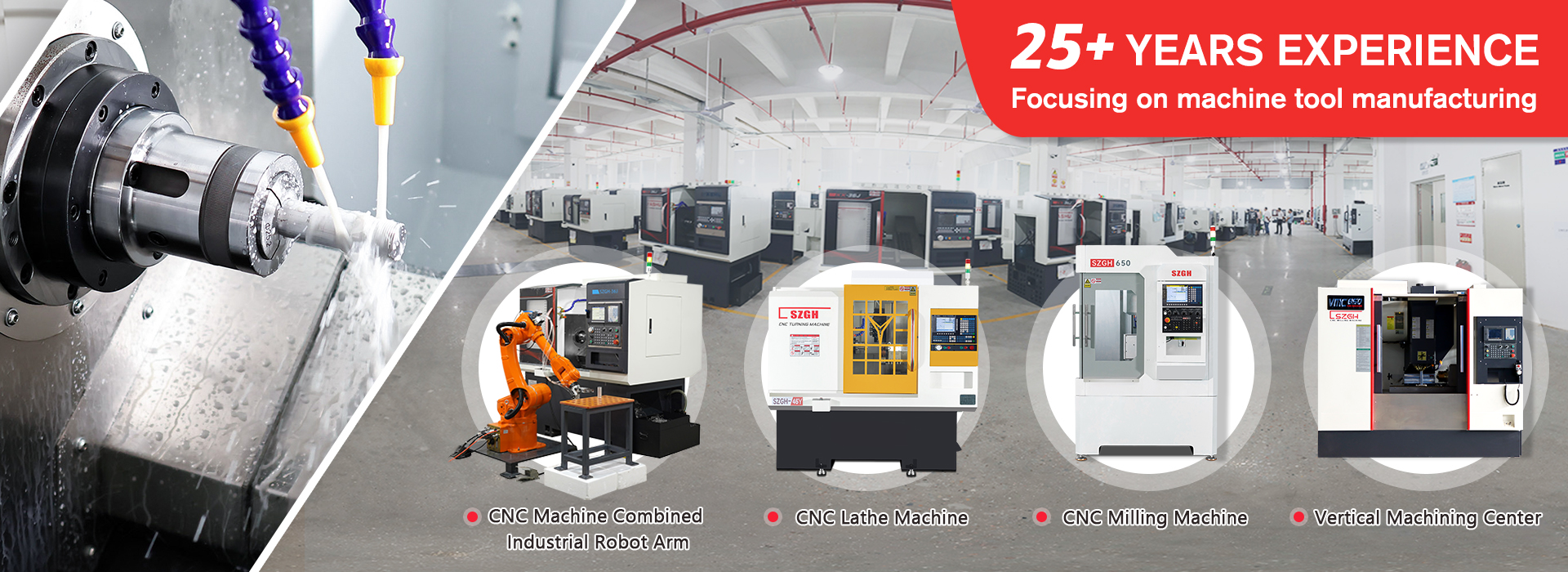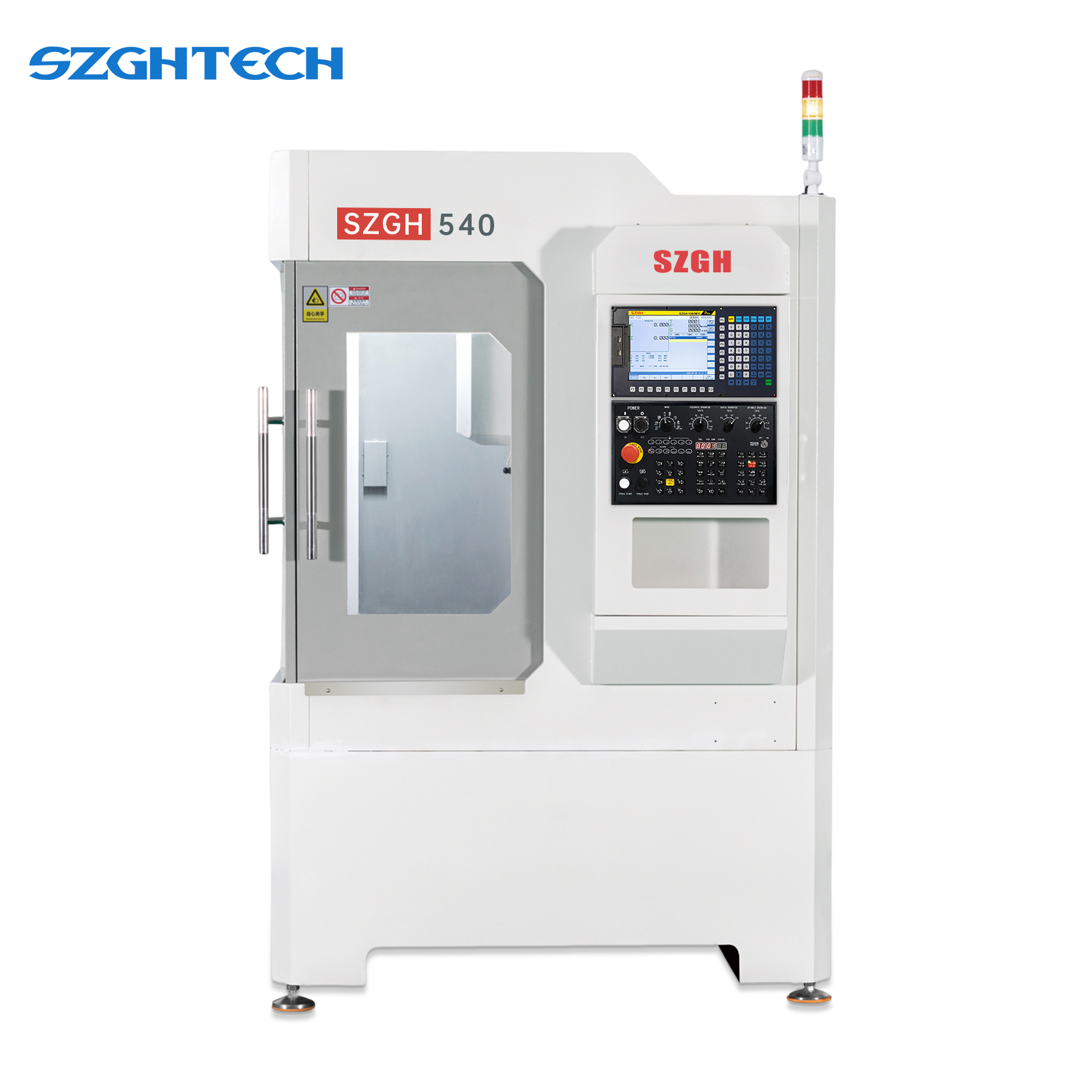In the milling industry, the SZGH-540 high-quality milling machine, with its precise machining capabilities, wide applicability, and efficient production performance, is an ideal choice for small and medium-sized precision machining applications. Its performance rivals that of mainstream machining centers, providing a reliable solution for machining workpieces of various materials, including copper, iron, aluminum, and stainless steel. 1.In terms of machining range, the SZGH-540 high-quality milling machine specializes in machining small and medium-sized workpieces up to 500mm x 400mm, a size that covers a wide range of precision parts. Whether it's copper with good conductivity, iron with high strength, aluminum with light weight, or stainless steel with high hardness, it can reliably process them. Particularly noteworthy is its 8-station machining capability, each dedicated to a different machining process or tool. This allows multiple machining steps to be completed in a single clamping operation, reducing the time required for frequent tool changes and workpiece setups and significantly improving machining continuity. For example, when machining a small stainless steel bracket, eight workstations can be equipped with milling cutters, drills, taps, and other tools to sequentially complete surface milling, positioning drilling, and thread tapping processes without requiring intermediate tool changes, ensuring both precision and overall efficiency
1.In terms of machining range, the SZGH-540 high-quality milling machine specializes in machining small and medium-sized workpieces up to 500mm x 400mm, a size that covers a wide range of precision parts. Whether it's copper with good conductivity, iron with high strength, aluminum with light weight, or stainless steel with high hardness, it can reliably process them. Particularly noteworthy is its 8-station machining capability, each dedicated to a different machining process or tool. This allows multiple machining steps to be completed in a single clamping operation, reducing the time required for frequent tool changes and workpiece setups and significantly improving machining continuity. For example, when machining a small stainless steel bracket, eight workstations can be equipped with milling cutters, drills, taps, and other tools to sequentially complete surface milling, positioning drilling, and thread tapping processes without requiring intermediate tool changes, ensuring both precision and overall efficiency
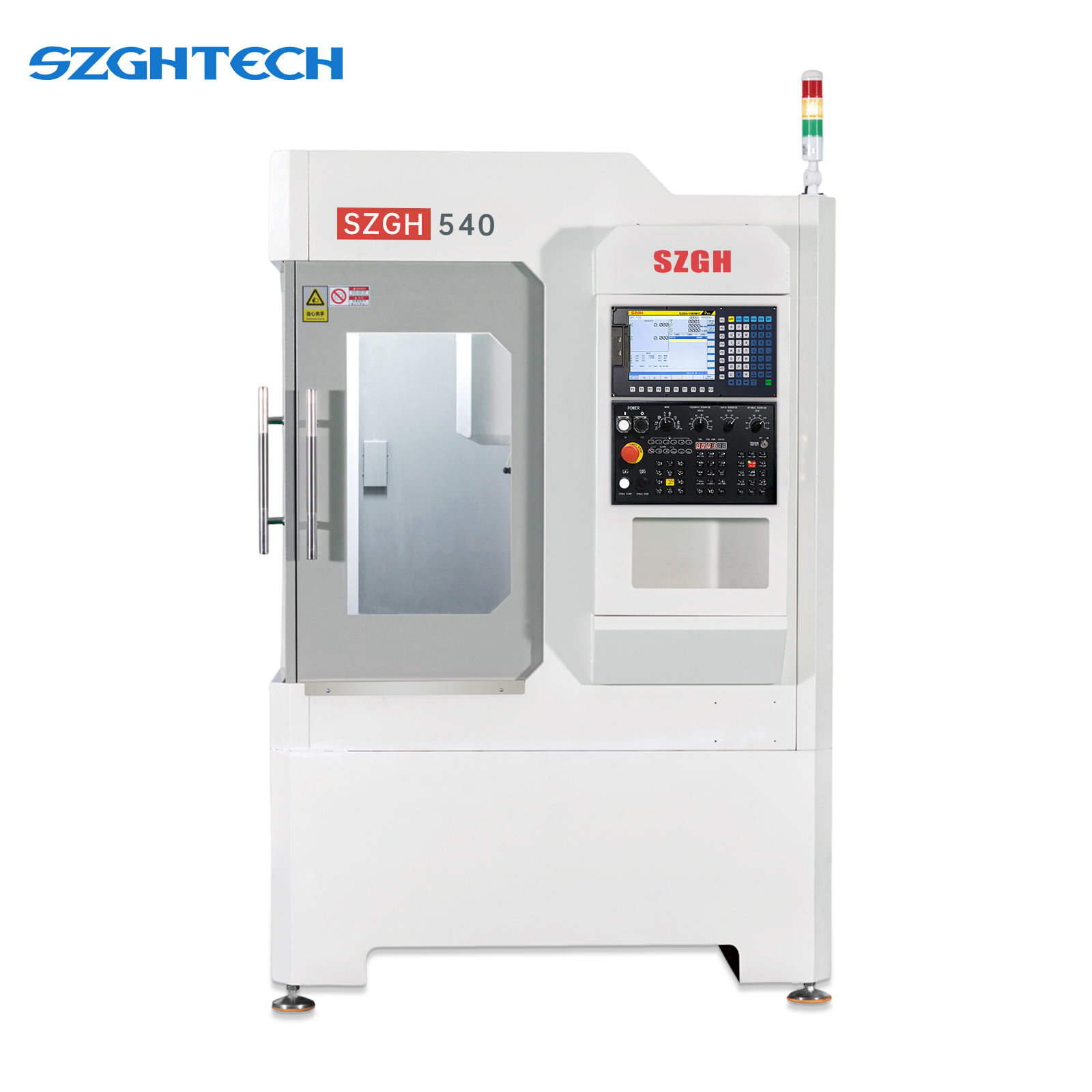
2. In terms of specific machining functions, the SZGH-540 high-quality milling machine demonstrates strong compatibility, fully adapting to the operating logic and processing methods of common machining centers on the market, easily completing a wide range of machining tasks, including drilling, tapping, milling, and engraving. For stainless steel machining, it has clear and reliable performance boundaries: tapping within 8mm and drilling within 10mm, sufficient to meet the hole-machining requirements of most small and medium-sized stainless steel parts. During tapping, the milling machine precisely controls thread pitch and depth, ensuring precise fit. During drilling, it maintains dimensional tolerances and surface finish. Even with high-strength and high-toughness materials like stainless steel, it maintains stable feed rates and cutting forces to avoid problems such as hole deviation and diameter deviation. Milling and engraving capabilities enable the machine to produce complex flat contours, curved surfaces, and intricate patterns, enabling customized parts processing.
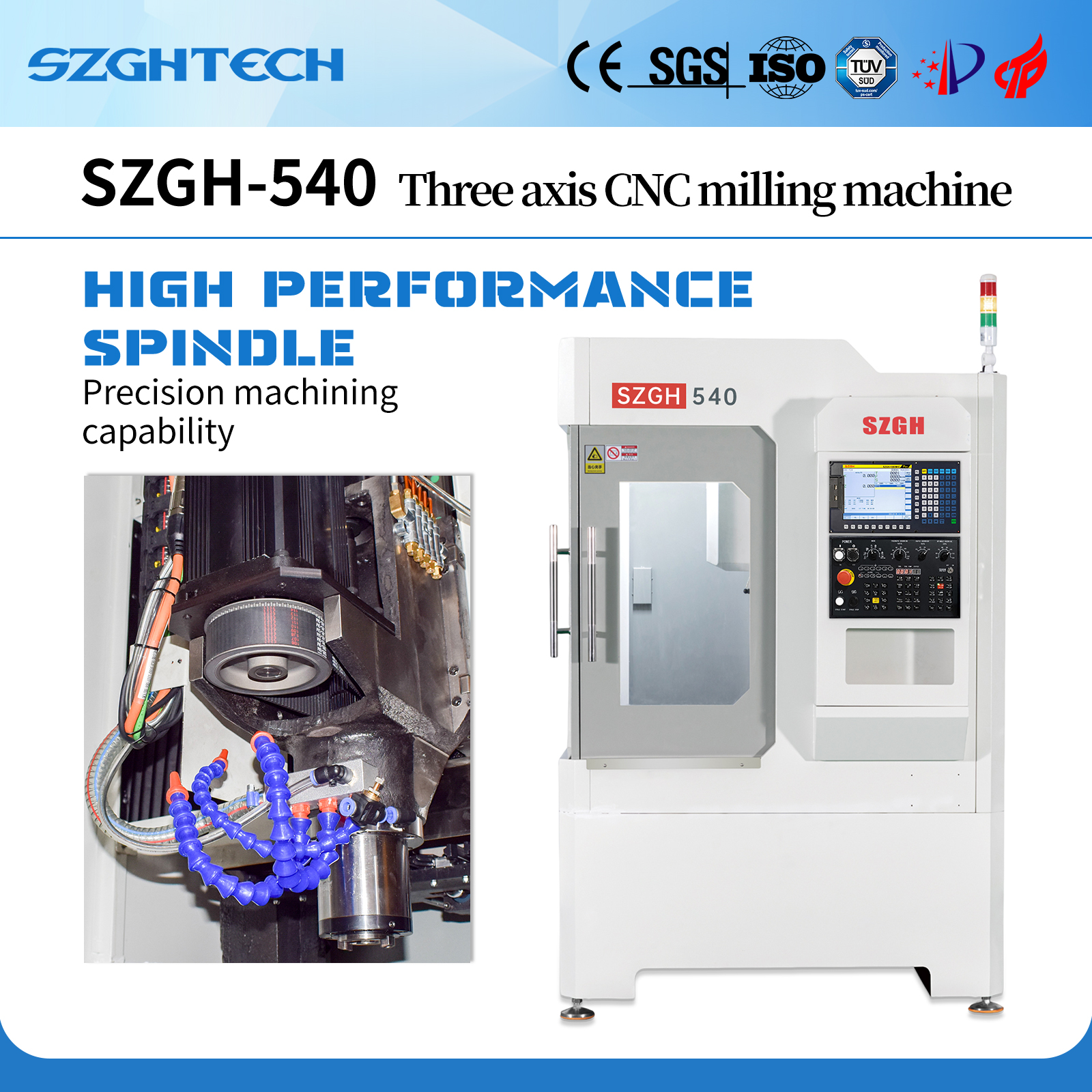
3. The core competitiveness of the SZGH-540 high-quality milling machine lies in its structural design. It incorporates multiple patented technologies, including high rigidity and an anti-deformation structure, which are key to ensuring machining accuracy and stability. The highly rigid bed and frame effectively resist cutting forces and vibrations generated during machining, preventing deformation that could compromise machining accuracy. When machining hard materials like stainless steel, where cutting forces are high, the highly rigid structure ensures that all machine components maintain a stable relative position, ensuring consistent machining dimensions. The anti-deformation design further enhances the machine's stability during long-term continuous machining or during temperature fluctuations, reducing precision errors caused by thermal deformation or stress release. This reliable structural performance ensures that the machine maintains high machining accuracy over long periods of use, meeting the production requirements of high-quality parts.
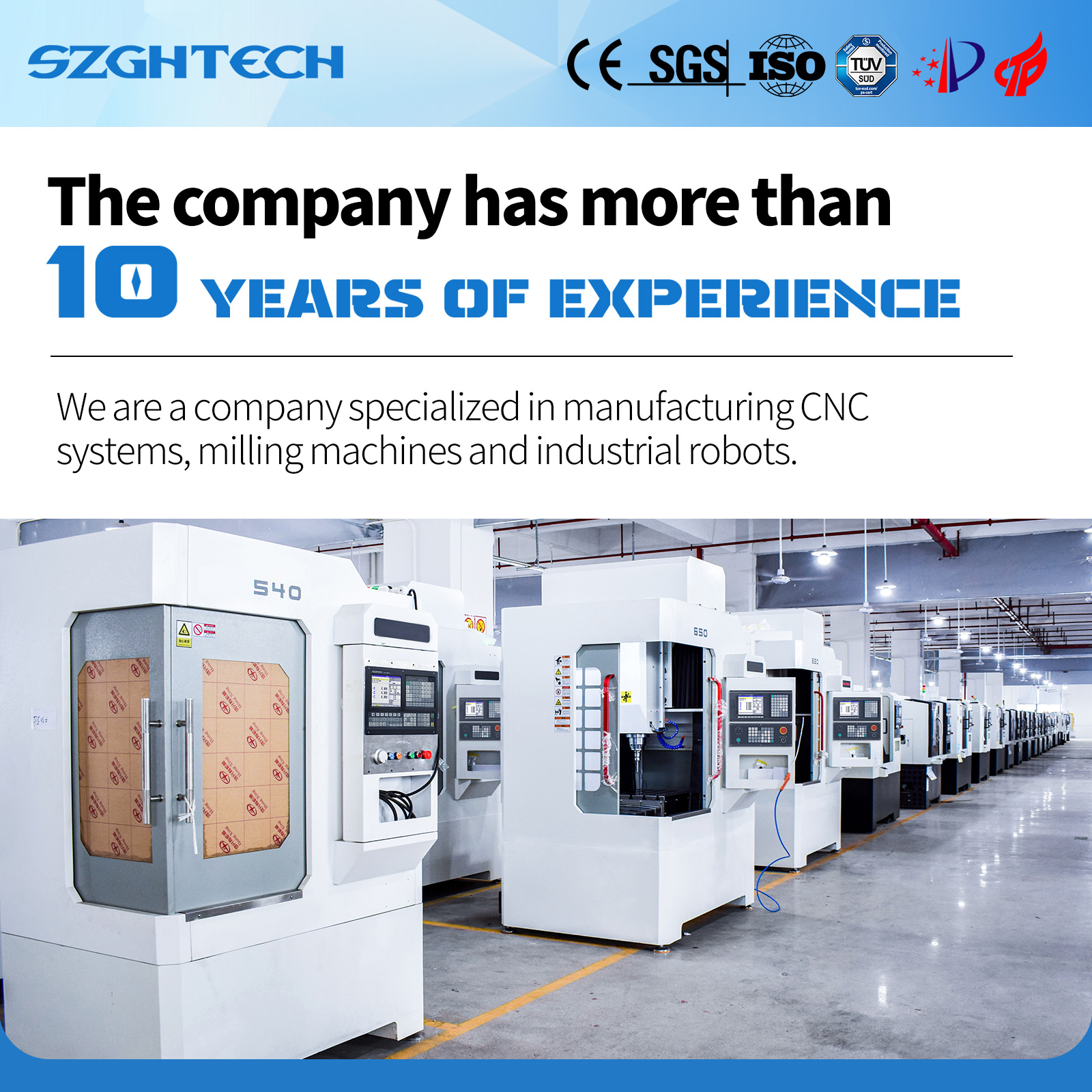
4. The SZGH-540 high-quality milling machine also boasts a compact footprint, making it ideal for production workshops with limited space. The compact size not only reduces factory floor space but also facilitates workshop layout planning, allowing flexible adjustment of machine tool placement based on production needs. More importantly, its ease of operation and high degree of automation allow one person to easily manage multiple machines, significantly improving per capita productivity. Operators can monitor and program multiple milling machines through a unified control system, reducing manual intervention and lowering labor costs. Furthermore, efficient machining capabilities and low equipment maintenance costs effectively control overall machining costs, resulting in higher economic benefits for our customers.
5. The SZGH-540 high-quality milling machine, with its wide machining range, diverse machining functions, superior structural design, and efficient production management, demonstrates its strength in small and medium-sized precision machining, making it a high-quality milling machine that can compete with machining centers.
We welcome your inquiries to SZGH for more information on its high-quality machine tools.

